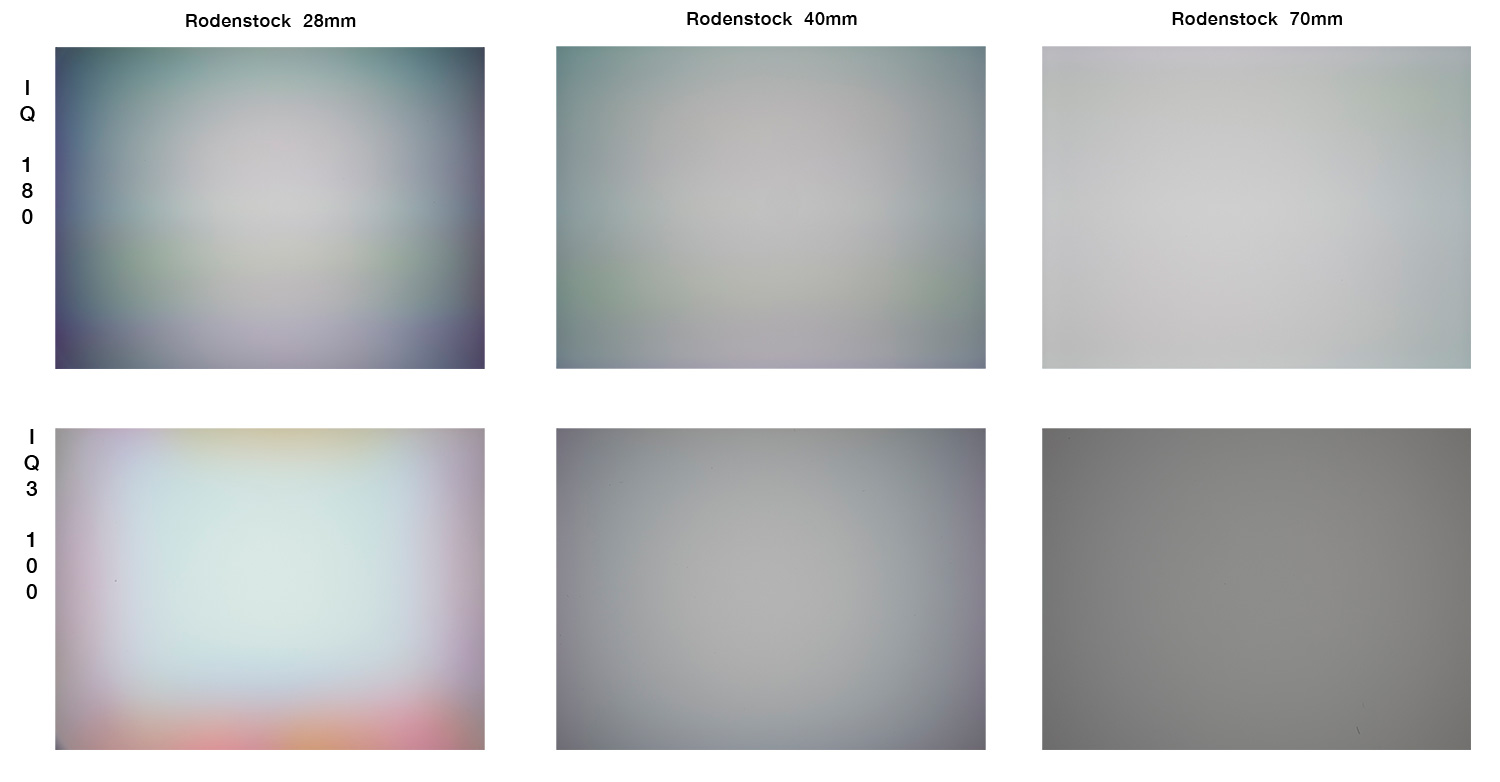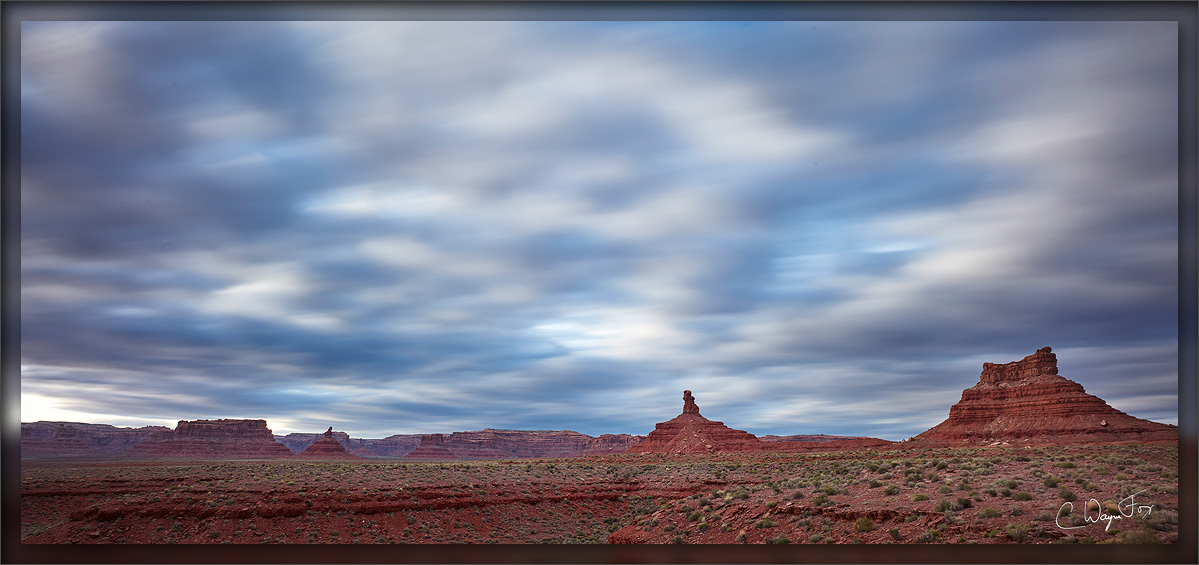When I was last on this forum, a couple of years ago, I was curious about the use of full frame MF CMOS backs on technical cameras. The issues were cross-talk, microlenses, need for retrofocus wide-angle lenses, etc. So I'm curious whether the new Hasselblad or Phase One backs (or, I guess, more to the point, the new Sony sensors) are improvements over the old on this score, allowing greater movements.
Another issue was the ageless debate of whether CCD sensors truly provided more color nuance and micro-contrast than CMOS sensors, with Phase One entering the debate at that time by stating on their website that the answer is "yes" as an explanation for why they continued to sell CCD as well as CMOS sensors (the latter better for low light and live view). Now that Phase One has dropped this suggestion (presumably along with advertising any CCD sensors) and promoted the new Trichromatic CMOS back along with their new Achromatic back, I wonder whether those who saw a benefit to CCD before continue to do so. (I know there were some who never saw that benefit in the first place and I'm not asking to rehash the entire debate, just curious about whether there have been recent developments).
And now my usual disclaimer; I'm only a kibitzer here, still shooting 4x5 film, though hope springs eternal for a digital MF back some day (as long as they still sell lottery tickets). Thanks.
Another issue was the ageless debate of whether CCD sensors truly provided more color nuance and micro-contrast than CMOS sensors, with Phase One entering the debate at that time by stating on their website that the answer is "yes" as an explanation for why they continued to sell CCD as well as CMOS sensors (the latter better for low light and live view). Now that Phase One has dropped this suggestion (presumably along with advertising any CCD sensors) and promoted the new Trichromatic CMOS back along with their new Achromatic back, I wonder whether those who saw a benefit to CCD before continue to do so. (I know there were some who never saw that benefit in the first place and I'm not asking to rehash the entire debate, just curious about whether there have been recent developments).
And now my usual disclaimer; I'm only a kibitzer here, still shooting 4x5 film, though hope springs eternal for a digital MF back some day (as long as they still sell lottery tickets). Thanks.


